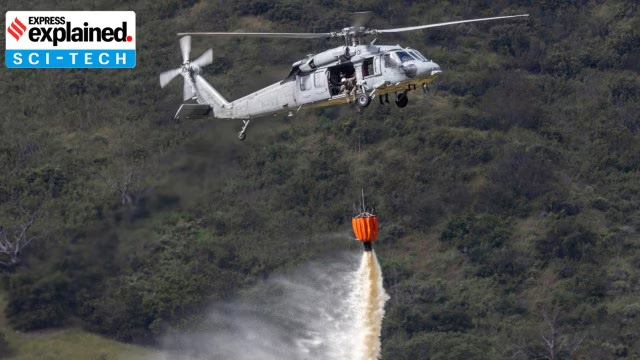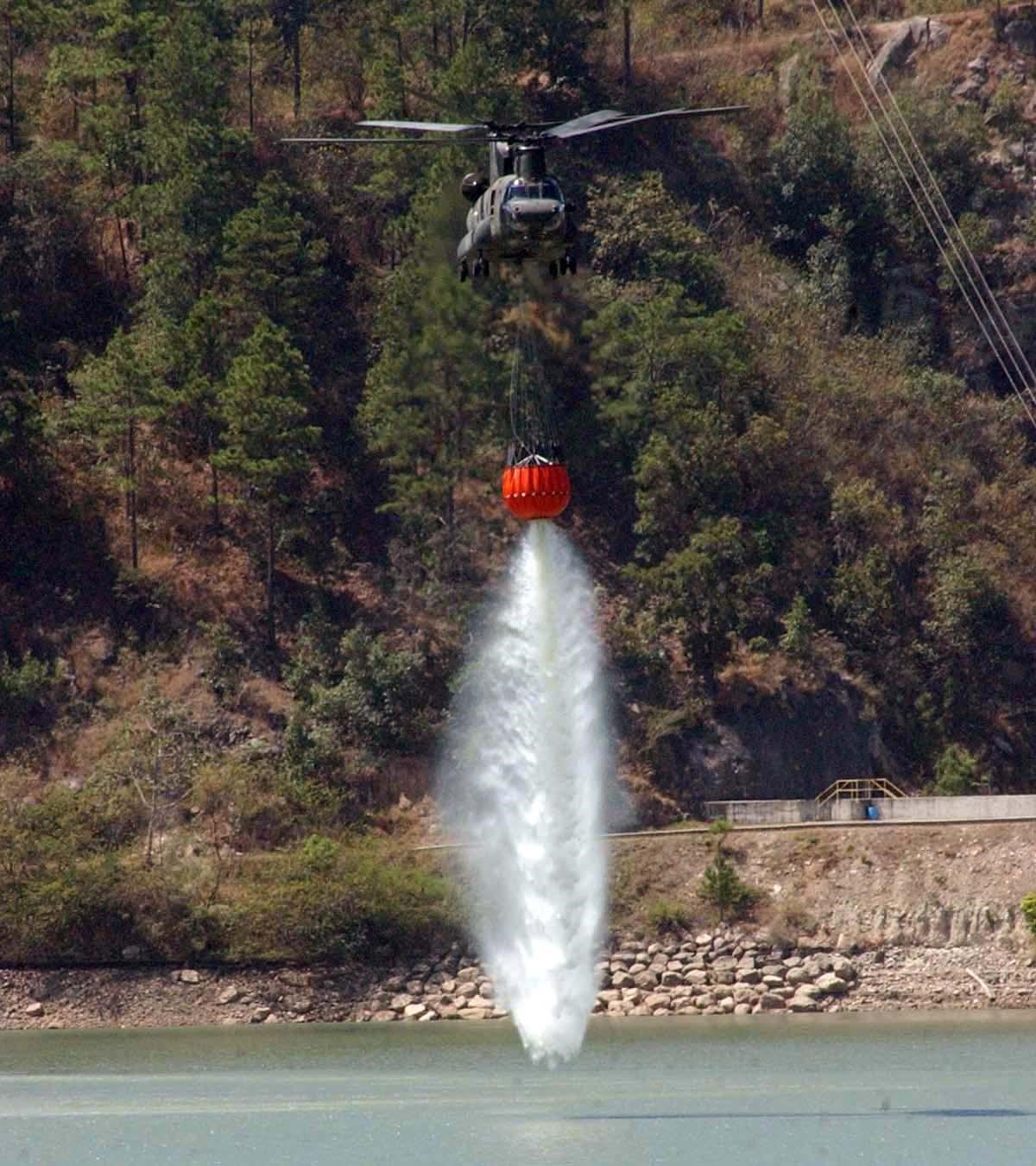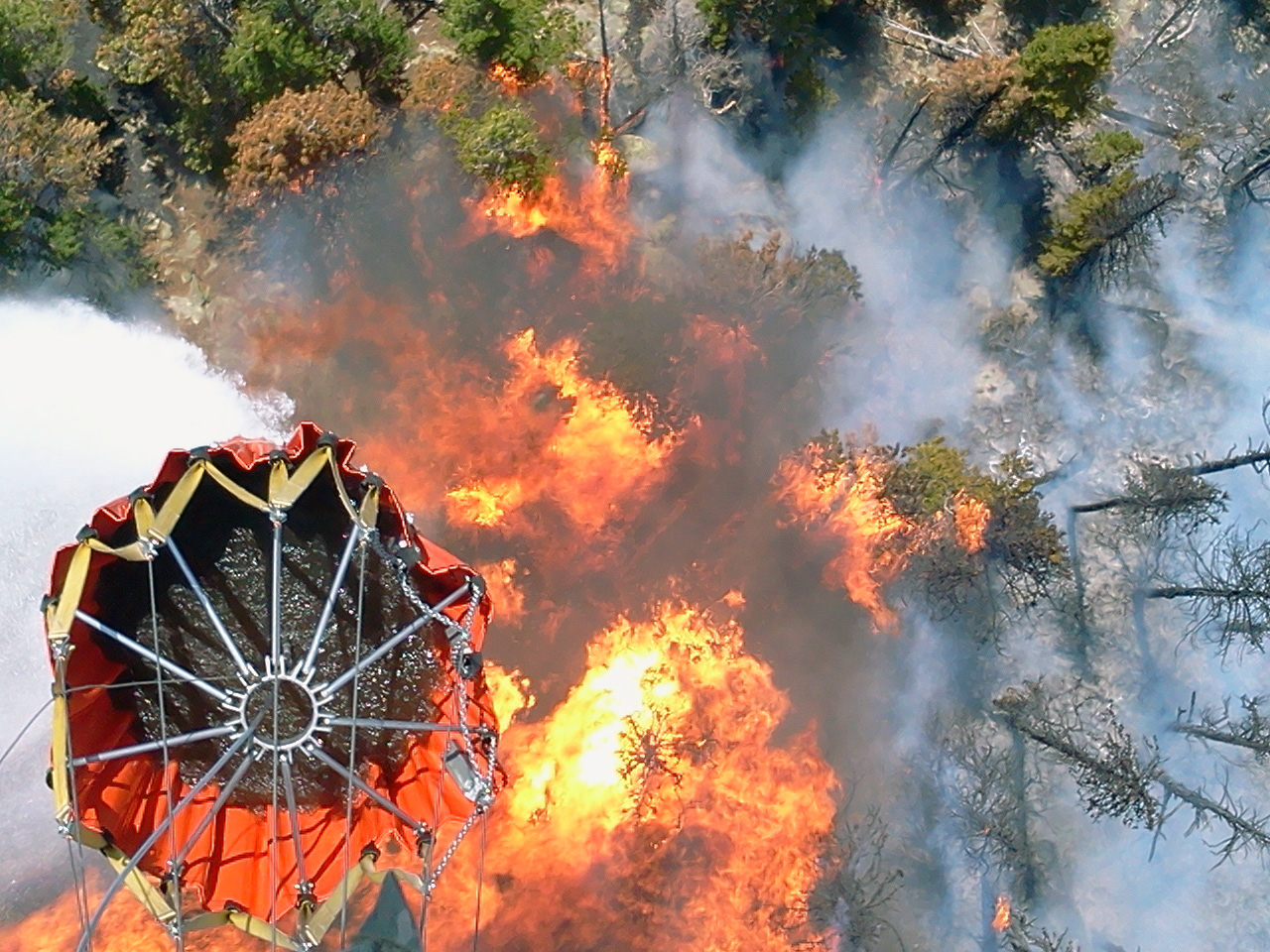





Disclaimer: Copyright infringement is not intended.
Context:
Details:
What is a Bambi Bucket?
How was the Bambi Bucket invented?
Disadvantages of Conventional water buckets:
Advantage of Bambi Bucket over them:


Conclusion:
Refer to the video here:
https://www.youtube.com/watch?v=UH5-m_DO5H0
Source:
|
Practice Question Q.Which of the following statements about Bambi Buckets used in aerial firefighting are correct? 1. Bambi Buckets are rigid containers made of fiberglass, plastic, or canvas with metal frames. 2. Bambi Buckets can only be filled from lakes and swimming pools, limiting their water source options. 3. Bambi Buckets discharge water in a solid column, resulting in less evaporation and greater impact force compared to conventional buckets. 4. Bambi Buckets are stored outside the helicopter until needed, as they are too rigid to fit inside the aircraft. Which of the above statements is/ are correct? A) 1 and 2 B) 3 and 4 C) 1, 3, and 4 D) All of the above Answer: C) Explanation: Statement 1 is incorrect: ●Bambi Buckets are lightweight collapsible containers, not rigid ones. They are typically made of durable materials like synthetic fabrics and plastics, designed to collapse when empty to minimize storage space. Statement 2 is incorrect: ●Bambi Buckets can be filled from various sources, including lakes, rivers, ponds, reservoirs, and even swimming pools. This flexibility allows firefighters to quickly refill them from whichever water source is available near the fire site. Statement 3 is correct: ●Bambi Buckets are equipped with a pilot-controlled valve that allows for precise control over the release of water. They discharge water in a solid column rather than dispersing it into a spray, which helps minimize evaporation during descent and ensures a more concentrated and impactful water drop. Statement 4 is correct: ●Bambi Buckets are collapsible and compact when empty, allowing them to be stored outside the helicopter until they are needed for firefighting operations. Once filled with water, they are suspended beneath the helicopter and can be released and refilled as necessary during firefighting missions. |







© 2025 iasgyan. All right reserved